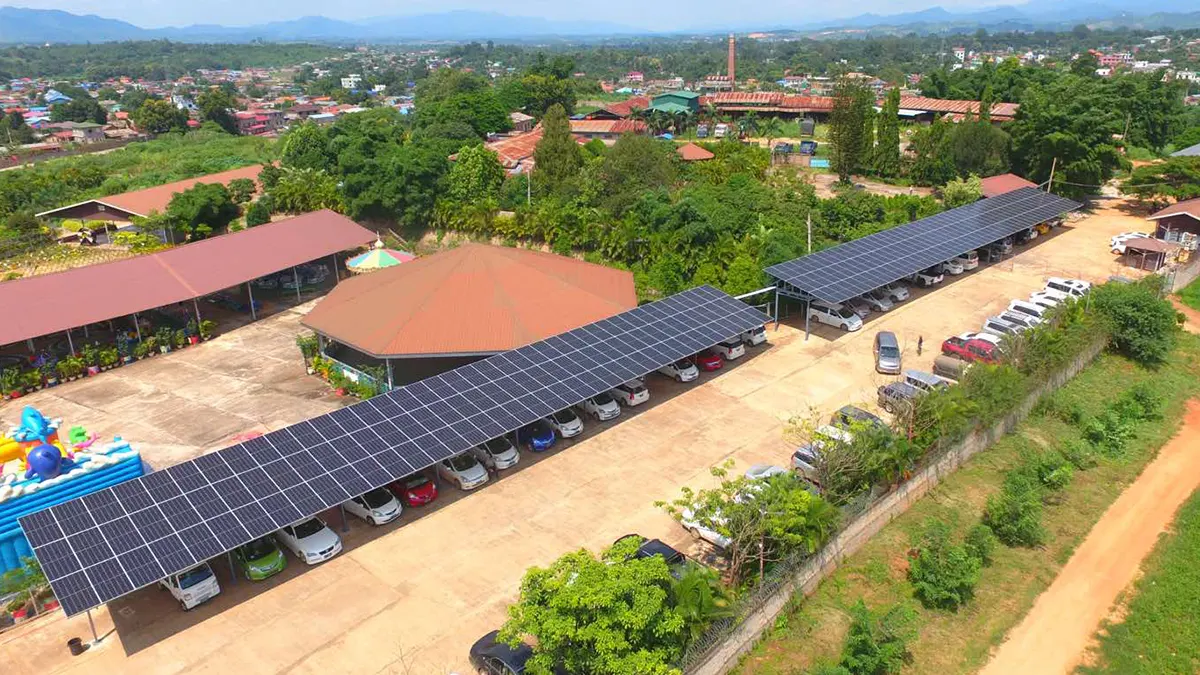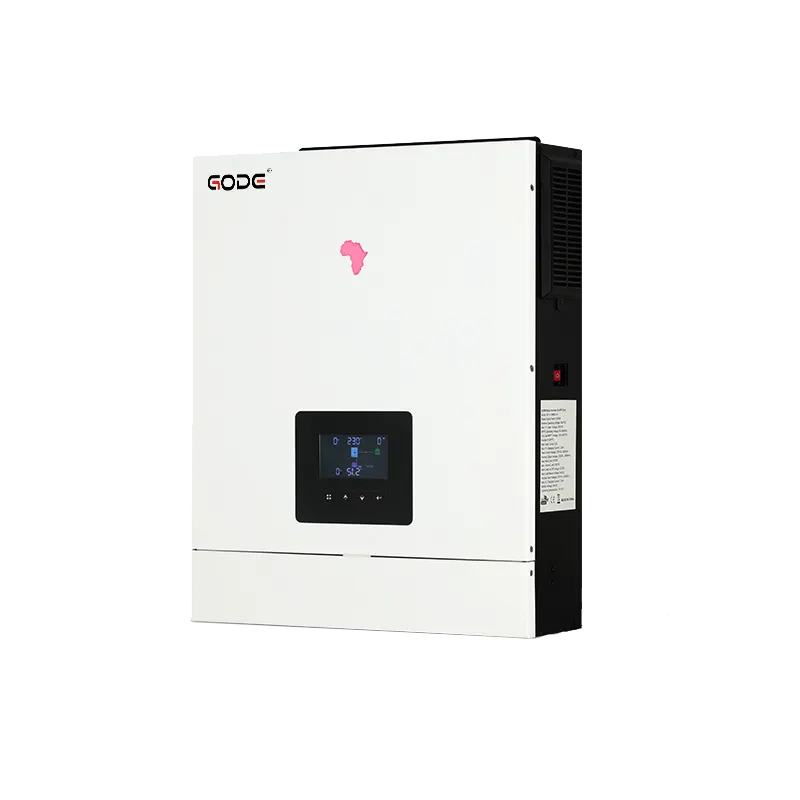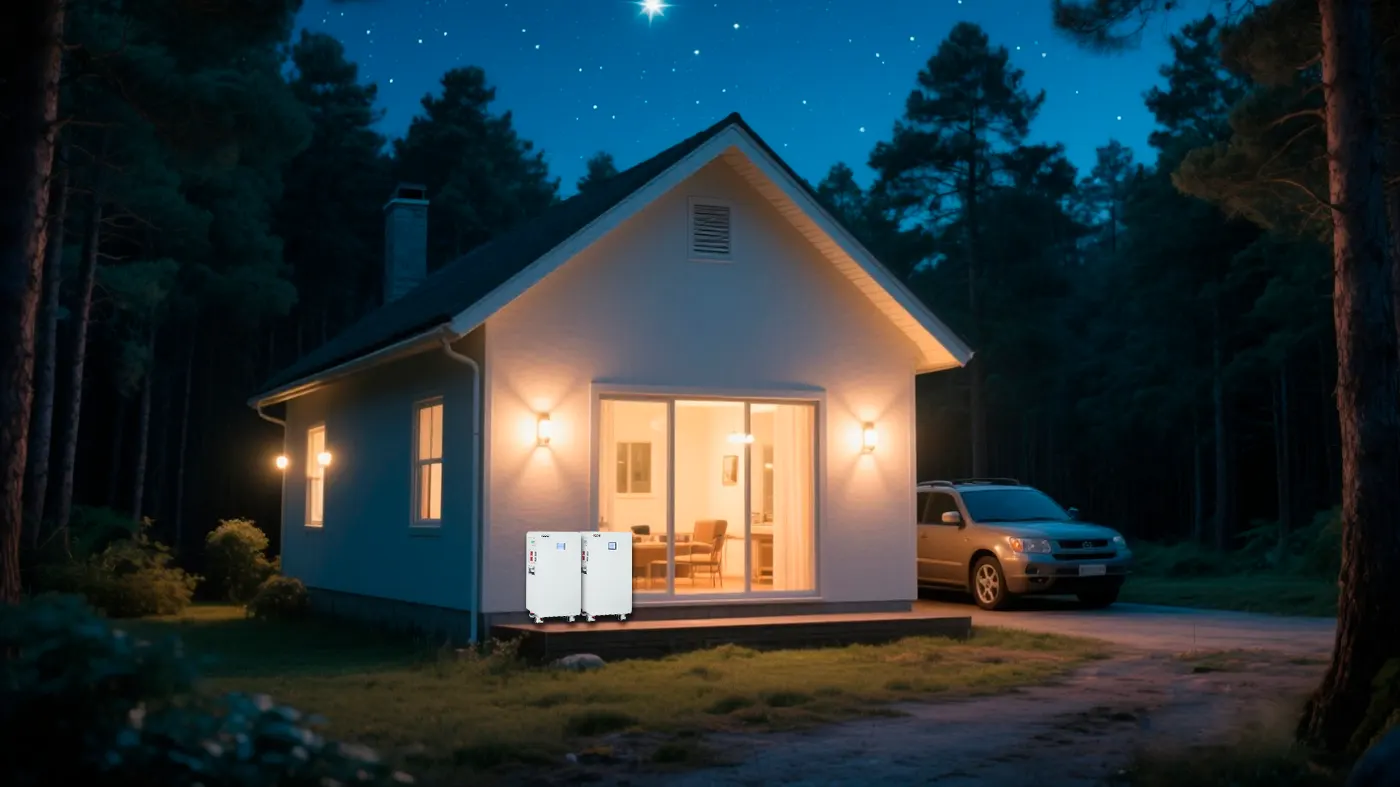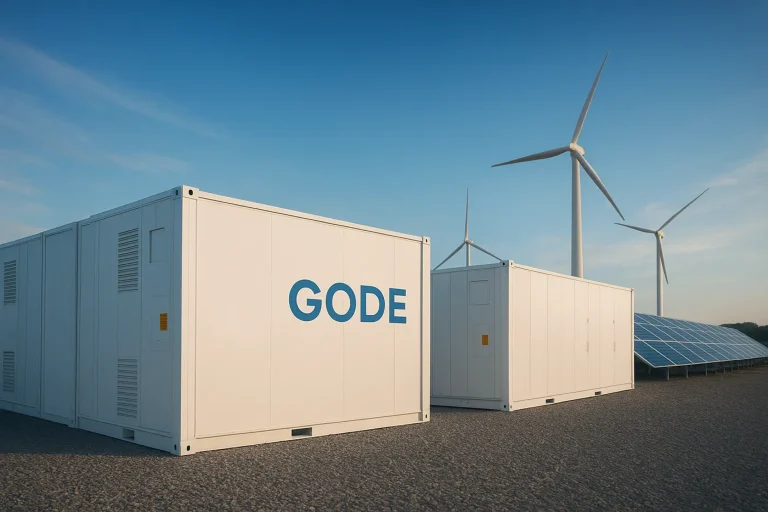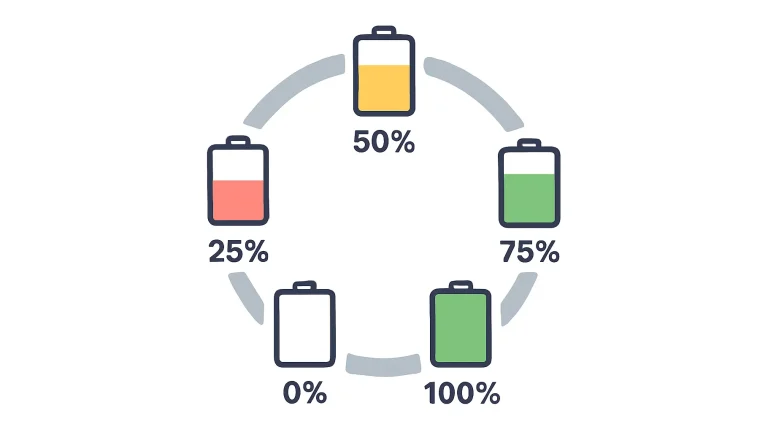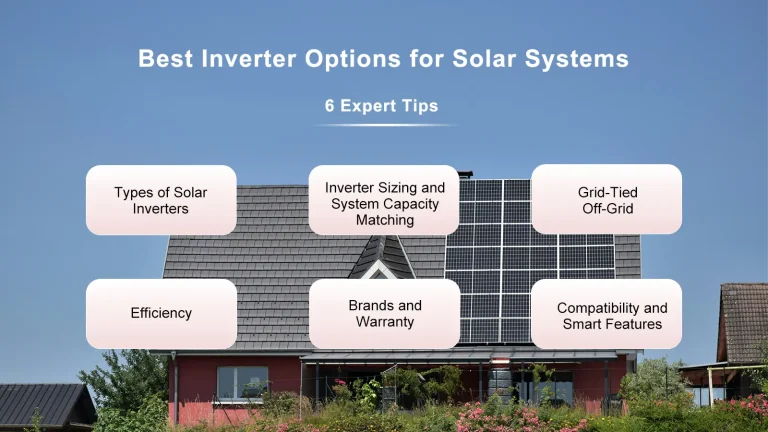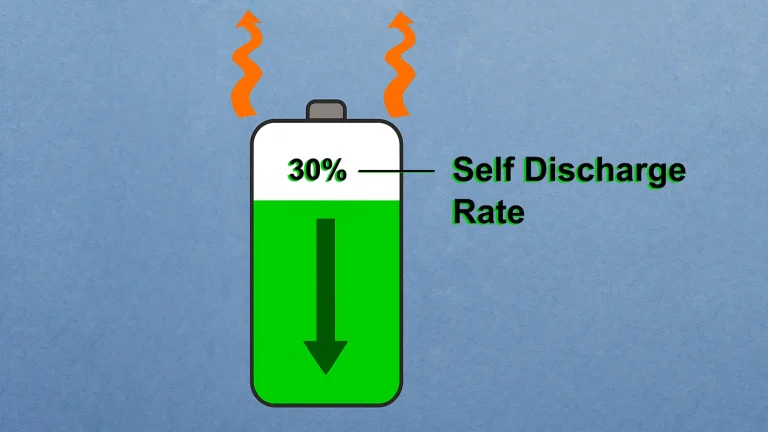11 July, 2025
How Much Does a Portable Generator Cost? A Complete Price Guide by Type, Size & Features
Portable generators are often seen as devices used only for emergency power outages, but their applications extend far beyond that. Whether it’s ensuring essential household functions during blackouts, powering outdoor activities, RV trips, or temporary job sites, portable generators deliver exceptional utility. With advances in eco-friendly technology, some high-efficiency models can even help reduce electricity costs and lower carbon emissions.
The cost of portable generators varies significantly depending on the brand, power capacity, features, and energy source—ranging typically from a few hundred to several thousand dollars. Although the upfront investment can be high, the long-term benefits—from multi-scenario applications to cost savings—make portable generators a wise investment.
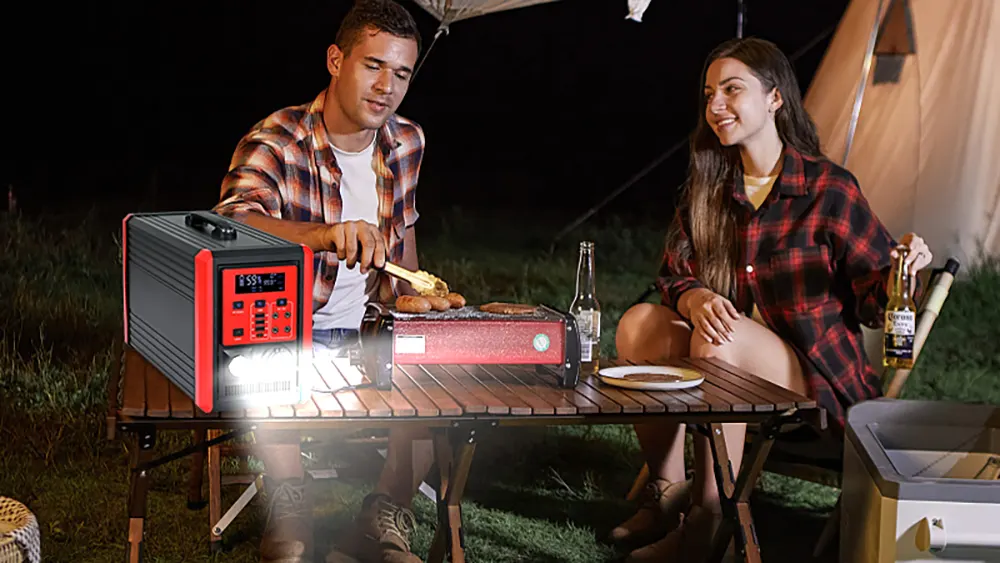
This guide breaks down the cost structure of portable generators by type and explores how factors like power output, brand, and build quality affect pricing. Whether you’re preparing for emergencies, powering a job site, or planning an off-grid weekend, we’re here to help you make an informed decision.
Types of Portable Generators
Gasoline Portable Generator
Gasoline generators are the most common type of portable generator on the market, widely used for household emergencies, power tools, and outdoor events. Typically priced between $250 and $1,000, they’re ideal for budget-conscious or occasional users.
Gasoline is easily accessible, making this type suitable for short-term and light-duty scenarios. For instance, homeowners can use them during blackouts to power refrigerators, lights, and Wi-Fi routers, or RV users might run them for short stints.
However, gasoline-powered units have limited run-time, fuel volatility, and safety concerns during storage. They are generally noisy, less fuel-efficient, and not suitable for continuous long-term operation.
Inverter Generator
Inverter generators are a more efficient, quieter, and “smarter” solution—perfect for residential use, RV travelers, and noise-sensitive environments. These models adjust their power output automatically based on the load, enhancing fuel efficiency and reducing noise.
Prices typically range from $500 to $2,000, depending on brand, power output, and features. Inverter technology also delivers cleaner, more stable power, making them ideal for sensitive electronics like laptops, phones, and TVs.
Their main drawback is lower output capacity, which may not support large appliances or heavy-duty usage. Additionally, maintenance costs and part replacements may be higher than traditional generators.
Solar Portable Generator
Solar generators are eco-friendly and quiet power solutions, commonly used for camping, hiking, mobile workstations, or emergency backup in light-duty scenarios. They require no fuel, produce no emissions or noise, and are ideal for urban apartments or environmentally conscious users.
According to SEIA, solar energy accounted for more than half of all new electricity generation capacity added in the U.S. for the first time in 2023. By 2050, it is projected to become the largest source of power on the U.S. grid.
These devices typically cost between $500 and $3,000, depending on battery capacity, solar panel efficiency, and output. They generally include a lithium battery pack, solar panels, and multiple output ports.
However, solar charging is limited by weather and panel size, with longer recharge cycles and lower output—making them unsuitable for high-power or continuous use needs.
Dual Fuel Portable Generator
Dual fuel generators can run on two types of fuel—usually gasoline and LPG—offering flexibility and fuel choice for users. They are especially useful in off-grid scenarios or areas with unstable fuel supplies.
These generators generally cost between $500 and $2,500, depending on power capacity and brand. When running on LPG, they offer cleaner emissions, safer storage, and lower running costs.
On the downside, dual-fuel generators tend to be more complex in design, larger in size, and more expensive to maintain. Additionally, not all users have easy access to LPG or are familiar with its use.
Diesel Portable Generator
Diesel generators are known for their high power output, durability, and ability to run for extended periods, making them ideal for heavy industrial sites, remote construction zones, and long-term emergency use.
Globally, diesel portable generators range from $1,800 to $6,000+. Entry-level commercial models (5–8kW) typically cost $2,000–$3,500, while high-capacity industrial models (10kW and above) often exceed $5,000.
While diesel generators offer excellent fuel efficiency and power, their drawbacks include high noise levels, heavy pollution, and large, cumbersome bodies. For general household use, they tend to lack cost-effectiveness.
Key Factors That Influence Generator Prices
Power Output
Power output is a primary factor in generator pricing. The greater the wattage, the higher the cost—since more power means the unit can support more devices or operate for longer durations. A small generator for brief outages costs far less than a full-scale whole-house generator.
Generators are typically categorized by output levels, each with its own price range. Note: These figures are general estimates, with actual prices influenced by brand, fuel type, features, build quality, and market conditions.
Small Portable Generators (500 – 2,000W)
Highly portable and suitable for camping, tailgating, light DIY tasks, or powering essentials during brief outages like fridges, lights, or mobile devices.
Fossil-fuel models in this range cost $150 to $1,200. Though solar models have higher upfront costs, they offer long-term savings in fuel and maintenance.
Example: GODE DQ1208 Portable Multi-function Energy Storage System with MPPT and Inverter (1000W) is priced at around $320. It supports phones, laptops, hair dryers, and includes a 325W solar panel, ensuring basic emergency power for households.
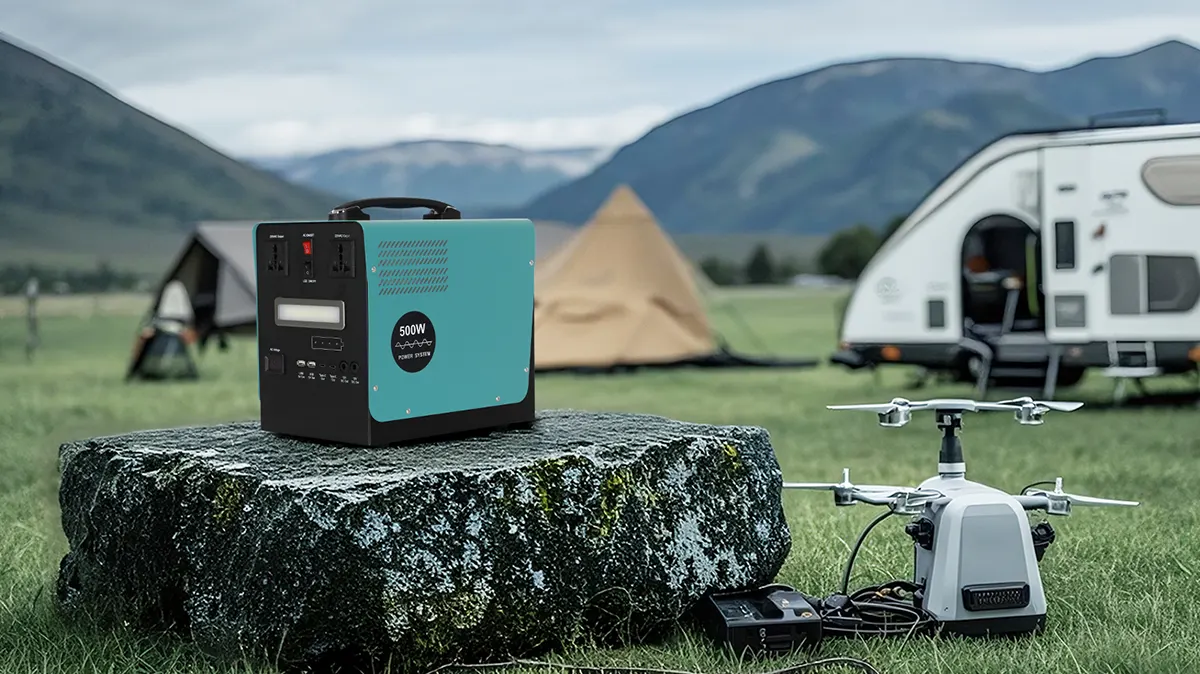
Mid-Size Portable Generators (3,000 – 6,500W)
These models expand the definition of “portable” and can power full-sized appliances, small construction tools, or large RVs. Though still portable, they often require vehicle transport. Typical use includes pumps, AC units, and multiple household circuits.
Prices for fossil-fuel models generally range from $300 to $2,000.
Example: GODE Pullman-3KW Portable Engineering Power Supply weighs 30.6kg, yet thanks to its telescopic handle and wheel design, it remains easy to transport and ideal for small job sites.
Large Portable & Entry-Level Whole-House Generators (7,000 – 8,000W)
At this power level, generators begin to blur the line between portable units and whole-house backup solutions. While some models remain technically portable, many are designed for more permanent installation as entry-level standby systems. These generators can power most essential household appliances simultaneously, including some large devices. Fossil fuel models in this category typically range in price from $2,100 to $3,000.
High-Capacity Whole-House Generators (10,000 – 18,000W+)
These high-performance generators can run energy-intensive appliances like central AC, water heaters, and electric dryers. Typically not portable, they require professional installation, concrete pads, and permits. Average prices range from $3,500 to $6,200.
Due to the vast number of solar panels required, off-grid solar generators at this scale are rare. A more practical and economical solution is grid-tied solar with backup battery systems.
Example: GODE DQ1906 Home Energy Storage System offers 10kW output, a 15kWh lithium battery, and a pure sine wave inverter—ideal for daily household use or energy arbitrage. At just $2,200, it’s far more cost-effective than a fossil-fuel generator.
Brand & Build Quality
Top-tier brands like Honda, Generac, EcoFlow, and GODE command higher prices due to investment in R&D, precision manufacturing, and comprehensive support. Their products offer superior longevity, performance, and energy efficiency compared to low-end or unknown brands.
Features & Configuration
Generator configuration—engine type, alternator, cooling system, mufflers, batteries—affects pricing. Brushless generators, for example, cost more but offer longer lifespans and better performance.
Additional features like auto-start, remote monitoring, silent enclosures, mobile carts, or weatherproof shelters also influence cost.
Technology & Craftsmanship
Advanced manufacturing techniques and high-precision craftsmanship result in more durable, stable, and high-performing generators. Units built with CNC machining, premium materials, and advanced assembly lines tend to be priced higher.
Warranty & Support
Extended warranties or full-service customer support may increase initial costs but offer peace of mind and long-term savings on repairs or part replacements.
What Size Generator Do I Need?
Choosing the right size generator is essential for functionality and cost-efficiency. Larger generators deliver more power but cost more and may require additional setup or placement considerations.
To determine the appropriate size, add the wattage of all devices you plan to power and multiply each by the number of hours they will run daily. The result gives you the total watt-hours required per day and helps identify your generator capacity.
Common Use Cases & Sizing Suggestions:
Camping:
- Basic Tent Camping: If you’re powering camp lights, smartphones, a small rice cooker, or an electric kettle, a generator rated between 1kW and 2kW will typically suffice. These models are compact, lightweight, and easy to transport—perfect for casual campers.
- RV Camping with Air Conditioning: For RVs equipped with air conditioning systems, especially those rated around 10,000 BTU, you’ll need at least a 3kW generator. If you plan to run other appliances simultaneously, consider a higher-wattage unit for reliable power output.
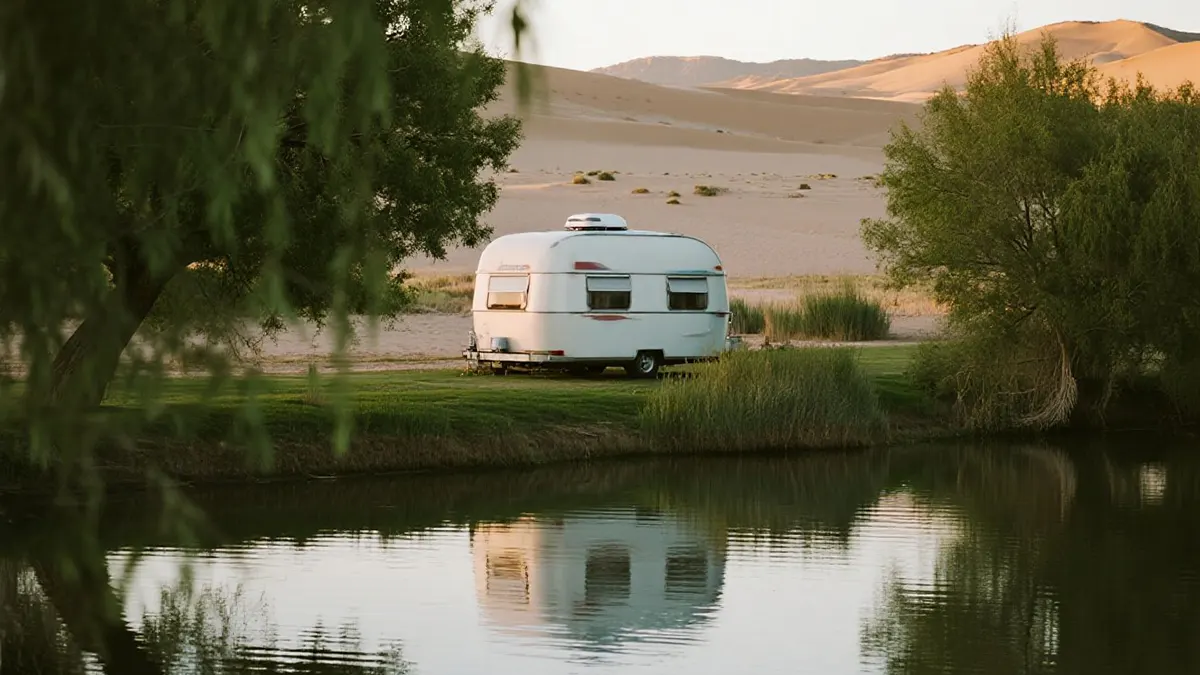
Home Backup:
- Powering Essential Appliances: A 3kW or larger generator is suitable for keeping your refrigerator, television, computer, lights, and other essential electronics running during an outage. For example, the Yamaha EF3000iS delivers 2.8kW of rated output and up to 3.0kW maximum, with dimensions of 680 x 445 x 555 mm and a net weight of 67 kg.
- Whole-Home Power Supply: To power an entire household, you may require a 5kW or higher generator. However, fully replacing the main power grid is often impractical with portable models. In such cases, a home energy storage system may be a more efficient and sustainable long-term solution.
Construction Sites:
- For Standard Power Tools: Tasks involving standard tools such as drills can generally be handled with a 3kW generator. A great example is the GODE Pullman-3KW Portable Engineering Power Supply, which offers strong performance in a portable format.
- For High-Powered Equipment: Operating heavy-duty tools like angle grinders, table saws, or air compressors often requires 5kW or more. Notably, air compressors may demand between 3kW and 6kW just for startup, so choosing a generator with enough surge capacity is essential for smooth operation on job sites.
4 Smart Ways to Save Money When Buying a Portable Generator
When choosing a portable generator for outdoor activities, emergency backup, or home power needs, many users fall into the trap of “overpaying for excess capacity” or “underestimating their actual needs.” In reality, by following these four strategies, you can not only save money but also use your generator more efficiently.

1. Match Power Needs Precisely
Before purchasing, calculate the total wattage of all appliances you intend to power, including startup and running watts. For occasional needs like camping or short outages, a 1,000W–2,000W inverter generator may suffice.
Oversized generators not only cost more but also waste fuel and increase maintenance costs. Choosing the “just right” model keeps expenses in check.
2. Consider Certified Refurbished Units
Top brands like Honda and Yamaha often offer factory-refurbished models via official or authorized channels. These are usually returns or display units, professionally serviced and often include warranties.
Certified refurbished models are typically 20%–40% cheaper than new ones—ideal for budget-conscious users seeking quality.
3. Watch for End-of-Season Clearance Sales
Retailers and e-commerce platforms frequently clear out last-season models in fall or between product launches. Discounts of 30% or more are common, and stacking deals (credit card rebates, seasonal promotions) can lead to even better value.
4. Maximize Solar Compatibility
For long-term generator use in RVs, mobile workstations, or home backup setups, solar-compatible generators can greatly reduce operating costs.
Properly installing solar panels facing peak sun direction can significantly increase solar efficiency and eliminate fuel dependency. Over time, this approach lowers noise, emissions, and overall costs—eventually paying for itself.
By understanding what drives generator pricing and how different types meet specific needs, you can confidently select a model that balances performance with cost-efficiency.
Whether you’re investing in backup power, remote job site electricity, or outdoor adventure readiness, making a smart choice today can save fuel, time, and money for years to come.
And if you’re investing in a solar generator, you’re not just powering your home—you’re powering a greener future.
share

